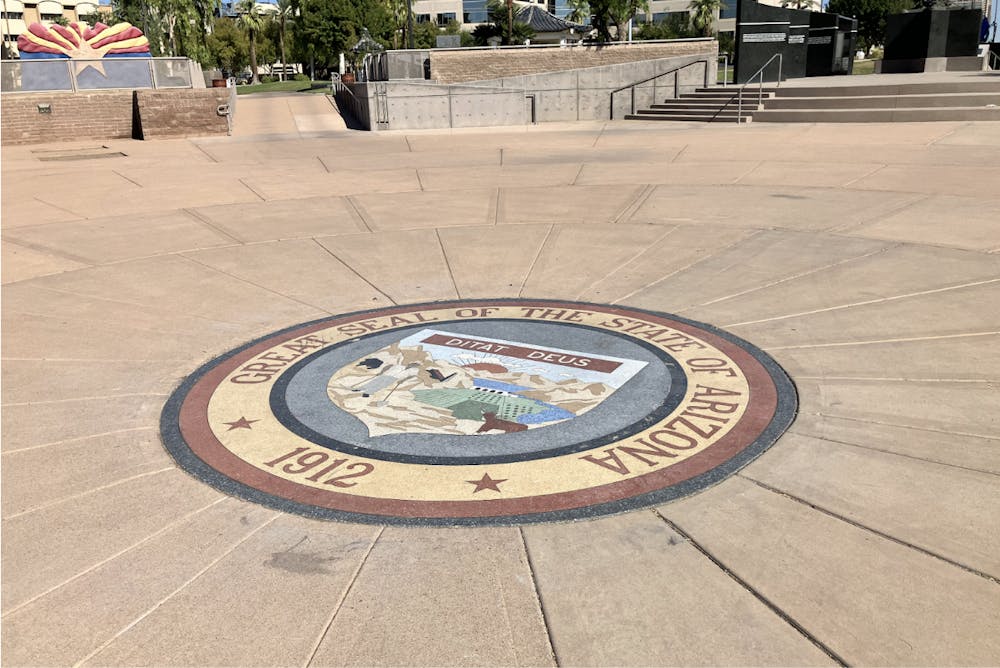Arizona has seen a large rise in new residents inhabiting the state, growing from 6.4 million in 2010 to 7.6 million as of July 2024, according to estimates from US Census Bureau.
Despite the state’s growth, and all the associated business, spending and taxation, something odd has occurred: a flattening of tax revenue.
According to the Arizona Department of Revenue, gross tax revenue has begun to plateau in the past few years, even with the state’s population growth. The lack of tax income has led to a need for the state to close the gap as its expenses continue to rise.
In 2024, to close an 1.4 billion dollar deficit, the state’s lawmakers made cuts to funding for universities, almost every state agency and public infrastructure such as highway projects.
Those cuts to universities were particularly felt by Arizona’s college students. At ASU for example, students faced a $350 surcharge to their tuition as the university needed to make up for lost public university funding cut by lawmakers.
“That $350 was going to be used for food and other personal necessities and instead it went to a tuition upcharge,”ASU student Kylene Caccamise said.
Caccamise, a freshman studying community health , is from “a lower middle class family” and relies on loans and financial aid to attend ASU. With the university relying on less help from the state to pay for its expenses, it weighs more costs onto students like Caccamise.
“This has changed my well-being by adding financial stress, and my ability to focus on my education,” Caccamise said.
The cuts to public university funding, and other state services, may trace back to one major tax policy change in particular: the elimination of progressive income taxes.
“The state had a progressive income tax at the lower end was about 2.54% and on the high end was 4.5%,” Grand Canyon Institute Research Director David Wells said.
That system worked for the state, keeping revenue growing as the state’s population grew.That changed in 2021 when Republican state lawmaker and former Governor Doug Ducey enacted a flat rate of 2.5% for income taxation, no how much a taxpayer earned i]n a year.
The flat tax, which went into effect in 2023, has resulted in income tax revenue decreasing, according to data from the Arizona Department of Revenue, with no signs of stopping.
“It's a humongous loss of revenue, mostly to benefit wealthy people,” Wells said. “It undermines the whole ability of the state to fund pretty much everything.”
Despite falling income tax revenue and budget shortfalls, lawmakers are already moving forward on even more income tax cuts.
Senate Bill 1371 would lower income taxes on retirement accounts, such as 401(k). If passed, this would cost the state over a 100 million dollars in tax revenue, a further blow to its funding. The bill has already passed a vote in the Arizona State Senate.
Testifying to the House’s Appropriation Committee, Director of the Arizona Center for Economic Progress, Joseph Palomino, said that while it would give money back to many seniors, the effects could be more negative than lawmakers think.
“The services they could be losing potentially from this income tax reduction if we have to cut other places means that the cost benefit analysis may not actually be beneficial to all to all seniors,” Palomino said.
Even after Palomino’s warning of the further costs to the state’ budget, the bill still passed through the committee, 11-to-6. How the state will make up the lost revenue if the bill passes remains an open question.

